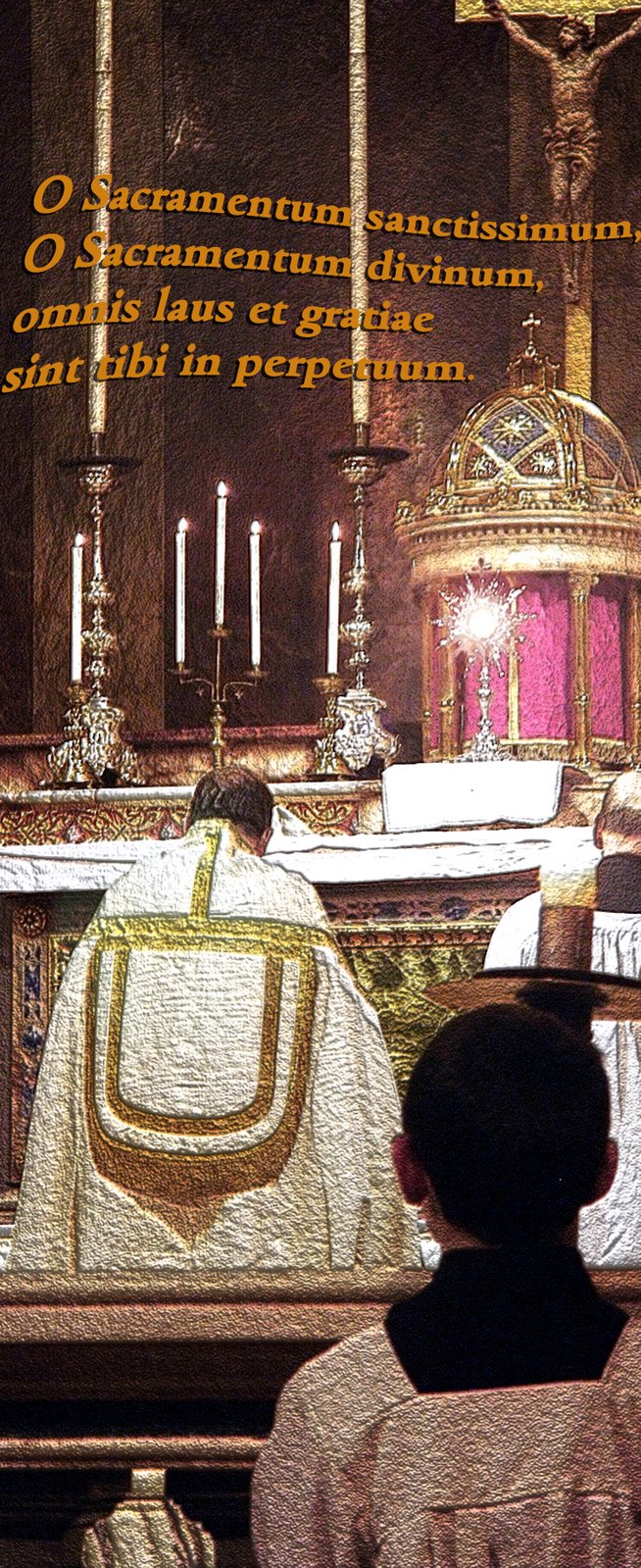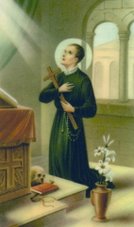
 In 1830 building began on a church in the Early English style, with turrets at each corner. It was opened on 21 November 1832 and dedicated to St Michael and the Holy Angels, and was one of the first Catholic churches to be built after the Catholic Emancipation (original foundation stone can still be seen, right). It was designed by Joseph Ireland and financed in large part by its first parish priest, Hon Fr George Spencer CP (interestingly an ancestor of Lady Diana Spencer). As well as West Bromwich it served Oldbury, Tipton and Dudley.
In 1830 building began on a church in the Early English style, with turrets at each corner. It was opened on 21 November 1832 and dedicated to St Michael and the Holy Angels, and was one of the first Catholic churches to be built after the Catholic Emancipation (original foundation stone can still be seen, right). It was designed by Joseph Ireland and financed in large part by its first parish priest, Hon Fr George Spencer CP (interestingly an ancestor of Lady Diana Spencer). As well as West Bromwich it served Oldbury, Tipton and Dudley. On Census Sunday in 1851 there were five hundred people at Mass. The priest of 1877, J.J. Daly, described the mission as also extending to Perry Barr and Handsworth (north Birmingham), and remarked "the character of the place and the social tone of the whole district" was "antagonistic to the Church" by which he was referring to drunkenness with widespread poverty.
On Census Sunday in 1851 there were five hundred people at Mass. The priest of 1877, J.J. Daly, described the mission as also extending to Perry Barr and Handsworth (north Birmingham), and remarked "the character of the place and the social tone of the whole district" was "antagonistic to the Church" by which he was referring to drunkenness with widespread poverty. In the mid-1870s Daly rebuilt and extended the church towards the corner of St Michaels Street and the High Street. Designed in an Early English style by Dunn & Hansom of Newcastle-upon-Tyne, the church is of Birmingham brick with Bath stone dressings. It consists of a sanctuary flanked by side chapels, aisled nave, with an organ gallery at the west end. This cost £3000, of which one third was raised by Daly in New York. The south-west tower and spire, of Ruabon brick and Hollington stone, were added in 1911 by architect Edmund Kirby. The church was consecrated in 1917, and is what we have today (right).
In the mid-1870s Daly rebuilt and extended the church towards the corner of St Michaels Street and the High Street. Designed in an Early English style by Dunn & Hansom of Newcastle-upon-Tyne, the church is of Birmingham brick with Bath stone dressings. It consists of a sanctuary flanked by side chapels, aisled nave, with an organ gallery at the west end. This cost £3000, of which one third was raised by Daly in New York. The south-west tower and spire, of Ruabon brick and Hollington stone, were added in 1911 by architect Edmund Kirby. The church was consecrated in 1917, and is what we have today (right). Although I don't know the exact details, it seems that during the 1960/70s various alterations to the sanctuary were made (cf. Photo left, taken during the forty hours). The angels painted on the east wall have since been white-washed, and the handsome wooden carved reredos depicting all the Holy Angels was removed (St Michael is the only one who remains and is situated now on the north side of the nave). The high altar has been removed along with its gradines and a new stone one set up in the middle of the sanctuary. The rood loft has also disappeared. The solid marble altar rails remain, as does the intricate stained-glass windows, including a eastern rose window which now has a large crucifix hanging below.
Although I don't know the exact details, it seems that during the 1960/70s various alterations to the sanctuary were made (cf. Photo left, taken during the forty hours). The angels painted on the east wall have since been white-washed, and the handsome wooden carved reredos depicting all the Holy Angels was removed (St Michael is the only one who remains and is situated now on the north side of the nave). The high altar has been removed along with its gradines and a new stone one set up in the middle of the sanctuary. The rood loft has also disappeared. The solid marble altar rails remain, as does the intricate stained-glass windows, including a eastern rose window which now has a large crucifix hanging below.On Wednesday, November 4th at 7:30pm there will be Solemn High Requiem in the Extraordinary Latin form for deceased parishioners, benefactors, and priests (including of course Fr George Spencer). Ensemble 1685 will sing Richafort's polyphonic Requiem setting. This will be the first time an "old-rite" Mass has been said since the 'changes'. It will be a real treat for the Black Country and we expect to draw a large crowd, God willing.







 Rather than having to fully swim the Tiber, as the Venerable John Henry Cardinal Newman had to, I read the following article:
Rather than having to fully swim the Tiber, as the Venerable John Henry Cardinal Newman had to, I read the following article:










